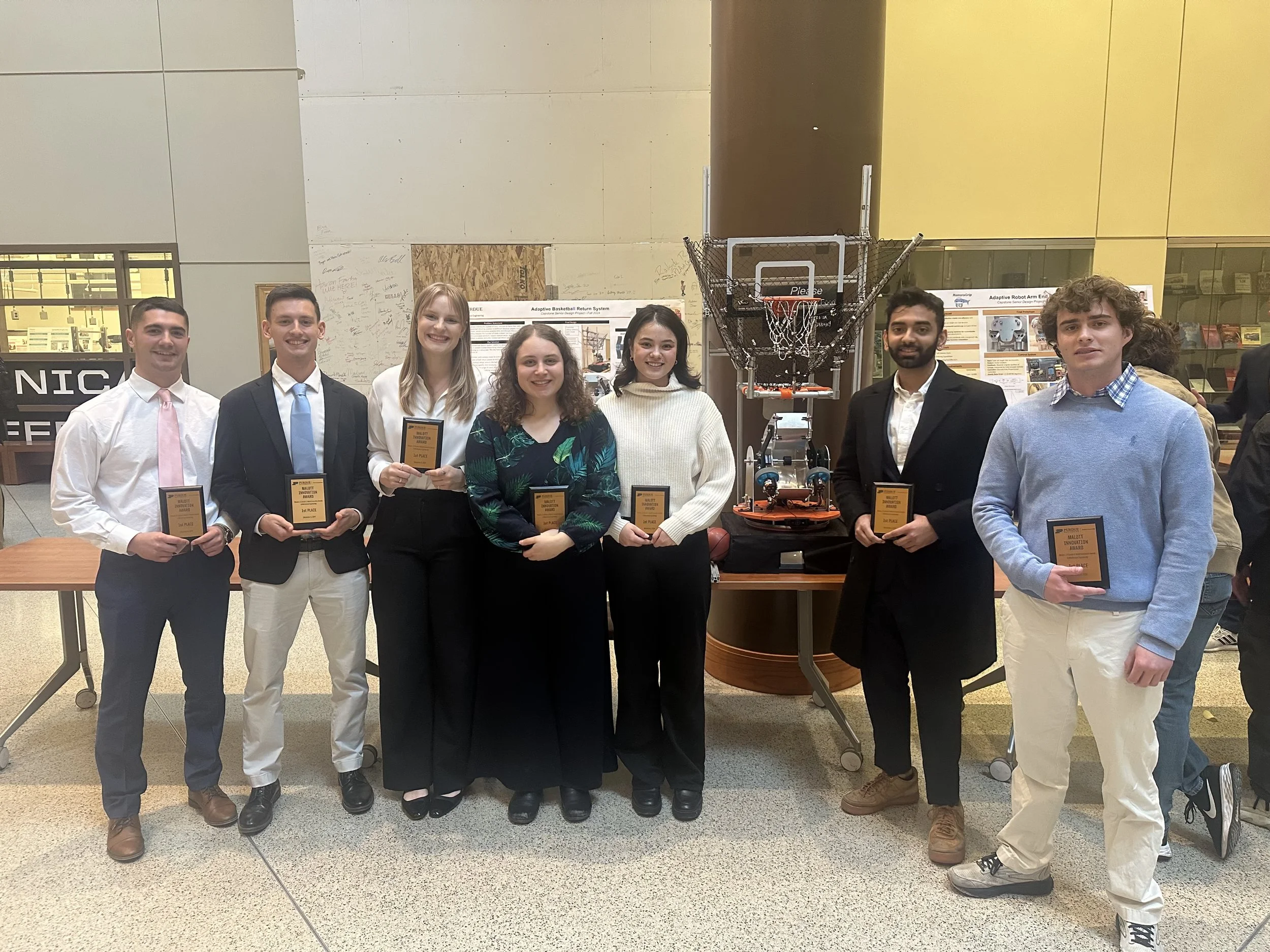"Motion induced phase error reduction using a Hilbert transform," Opt. Express (2018)
/[117] Y. Wang, Z. Liu, and C. Jiang, and S. Zhang, "Motion induced phase error reduction using a Hilbert transform," Opt. Express 26(26), 34224-34235 (2018); doi:10.1364/OE.26.034224
Abstract
The motion of object could introduce phase error and thus measurement error for phase-shifting profilometry. This paper proposes a generic motion error compensation method based on our finding that the dominant motion introduced phase error doubles the frequency of the projected fringe frequency, and Hilbert transform shifts the phase of a fringe pattern by $\pi/2$. We apply Hilbert transform to phase-shifted fringe patterns to generate another set of fringe patterns, calculate one phase map using the original fringe patterns and another phase map using Hilbert transformed fringe patterns, and then use the average of these two phase maps for 3D reconstruction. Both simulation and experiments demonstrated the proposed method can substantially reduce motion-introduced measurement error.



